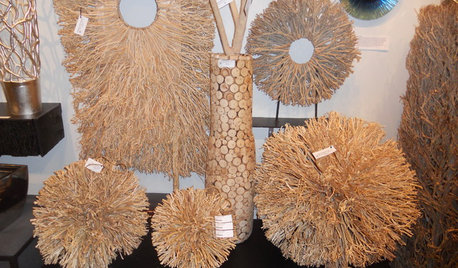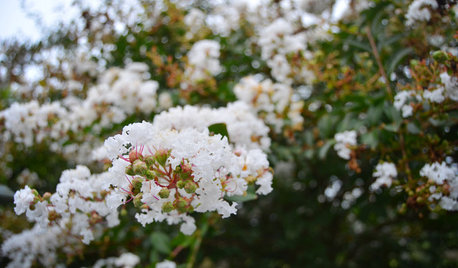Any no till market gardeners out there? Help!!
mbravebird
18 years ago
Related Stories

DECORATING GUIDESThe Most Helpful Furniture Piece You May Ever Own
Use it as a table, a seat, a display space, a footrest ... and indoors or out. Meet the ever-versatile Chinese garden stool
Full Story
GARDENING GUIDES6 Wonderfully Easy Roses for Any Gardener
Look like an expert even if you're just starting out, with these low-maintenance gems of the rose world
Full Story
SELLING YOUR HOUSE10 Low-Cost Tweaks to Help Your Home Sell
Put these inexpensive but invaluable fixes on your to-do list before you put your home on the market
Full Story
SELLING YOUR HOUSEHelp for Selling Your Home Faster — and Maybe for More
Prep your home properly before you put it on the market. Learn what tasks are worth the money and the best pros for the jobs
Full Story
ACCESSORIESHigh Point Market Branches Out Into Natural Decor
Branches, driftwood, shells and sustainable materials were big trends in decor items at the 2012 High Point Market. Take a peek here
Full Story
DECORATING GUIDESHelp Out: Art and Design for Japan
Home Design That Benefits Relief Efforts
Full Story
FLOWERS AND PLANTSHelp Monarchs and Other Butterflies by Planting Common Milkweed
Summer-blooming Asclepias syriaca is an important larval host plant for the monarch butterfly and attracts a number of pollinating insects
Full Story
LANDSCAPE DESIGNHow to Look Good From Any Angle (the Garden Edition)
Does your garden pique interest from one vista but fall flat from another? These tips and case-study landscapes can help
Full Story
GARDENING GUIDESBrighten Any Garden With White Crape Myrtle
A terrific supporting player to other plants, white crape myrtle can help a walkway or other parts of a landscape gleam
Full StorySponsored



swampfarmer
tennesse_tuxedo
Related Professionals
Simpsonville Landscape Architects & Landscape Designers · Edmond Landscape Architects & Landscape Designers · Wakefield Landscape Contractors · Canyon Lake Landscape Contractors · Fort Worth Landscape Contractors · Galt Landscape Contractors · Gresham Landscape Contractors · Midland Landscape Contractors · Raleigh Landscape Contractors · St. Louis Landscape Contractors · Tustin Landscape Contractors · Vashon Landscape Contractors · Quartz Hill Landscape Contractors · Chanhassen Solar Energy Systems · Chatsworth Solar Energy Systemsjayreynolds
ponderosaq
mbravebirdOriginal Author
mbravebirdOriginal Author
mark_brown
SpoWa
jayreynolds
mbravebirdOriginal Author
mark_brown
jayreynolds
mark_brown
bryan_ut
mark_brown
mbravebirdOriginal Author
mark_brown
sunflower_mk
flowerfarmer
mark_brown
swampfarmer
mbravebirdOriginal Author
flowermanoat
tbolt76
huisjen
mbravebirdOriginal Author